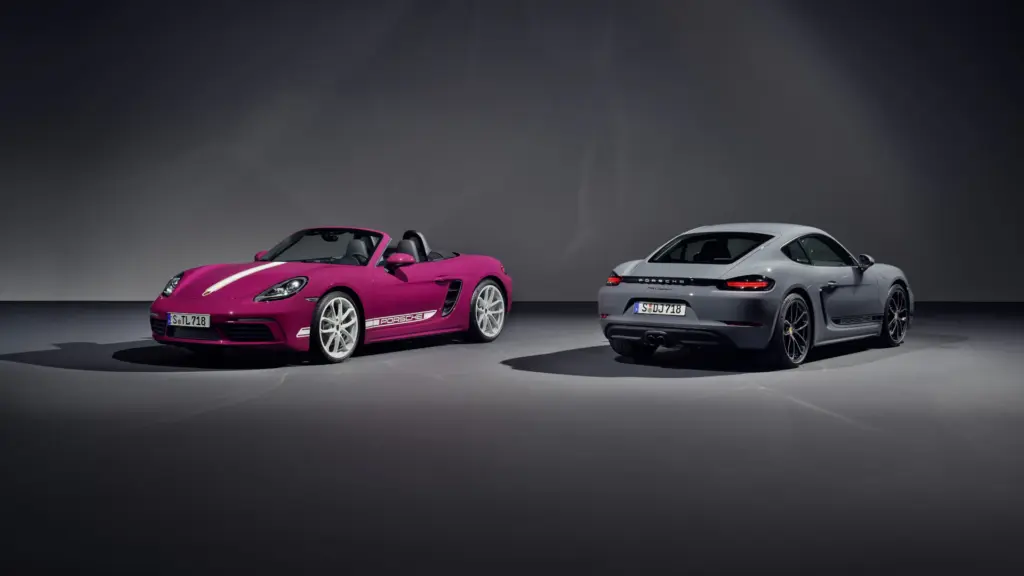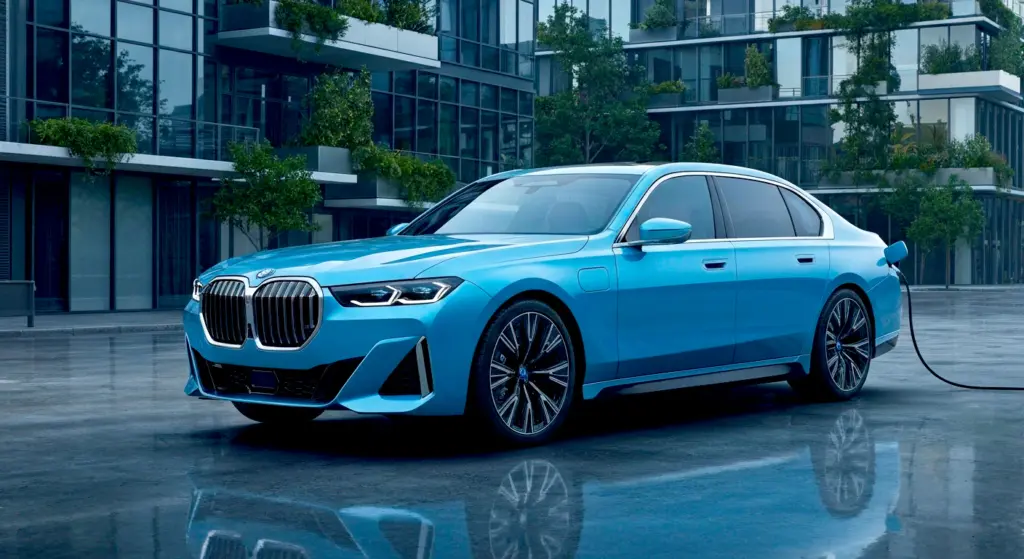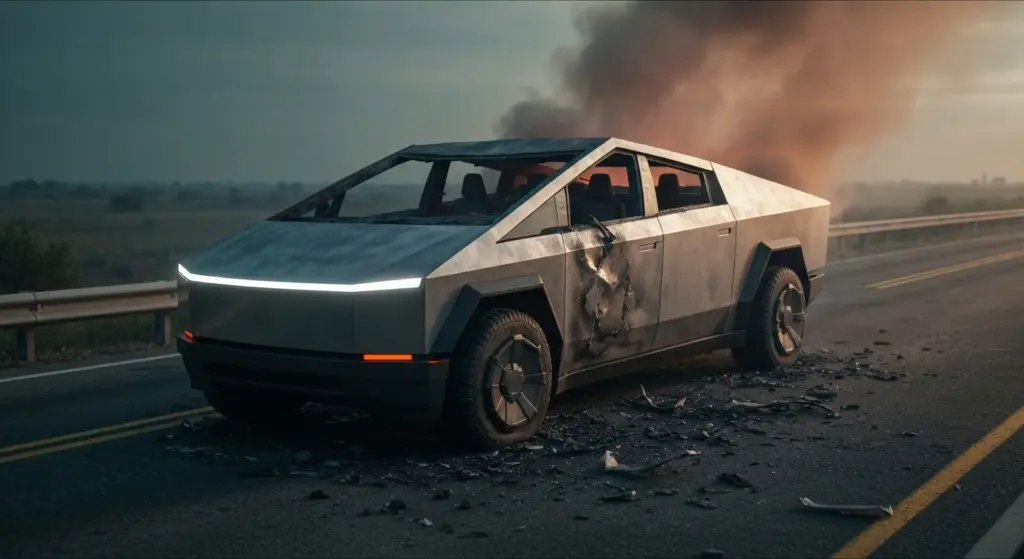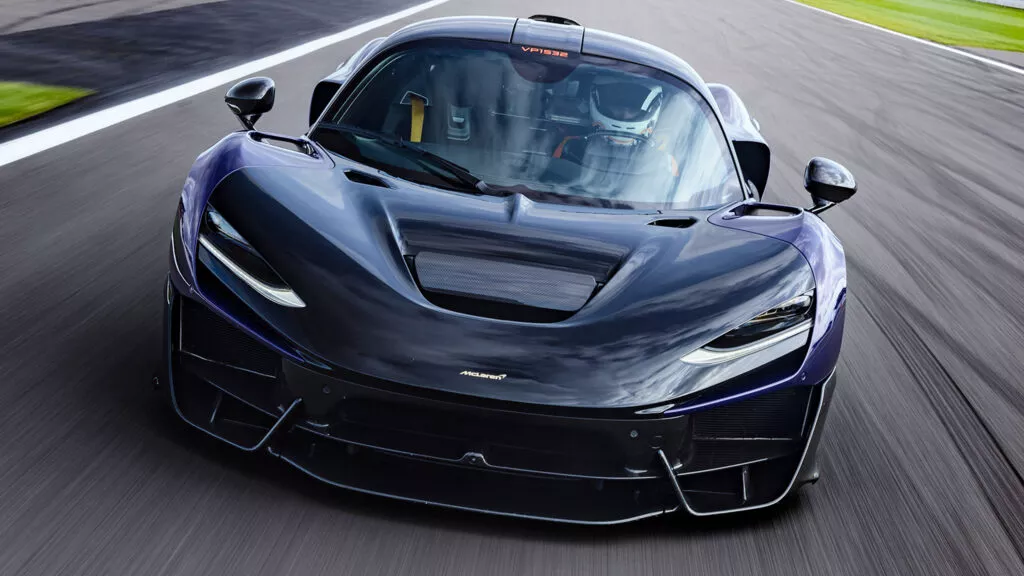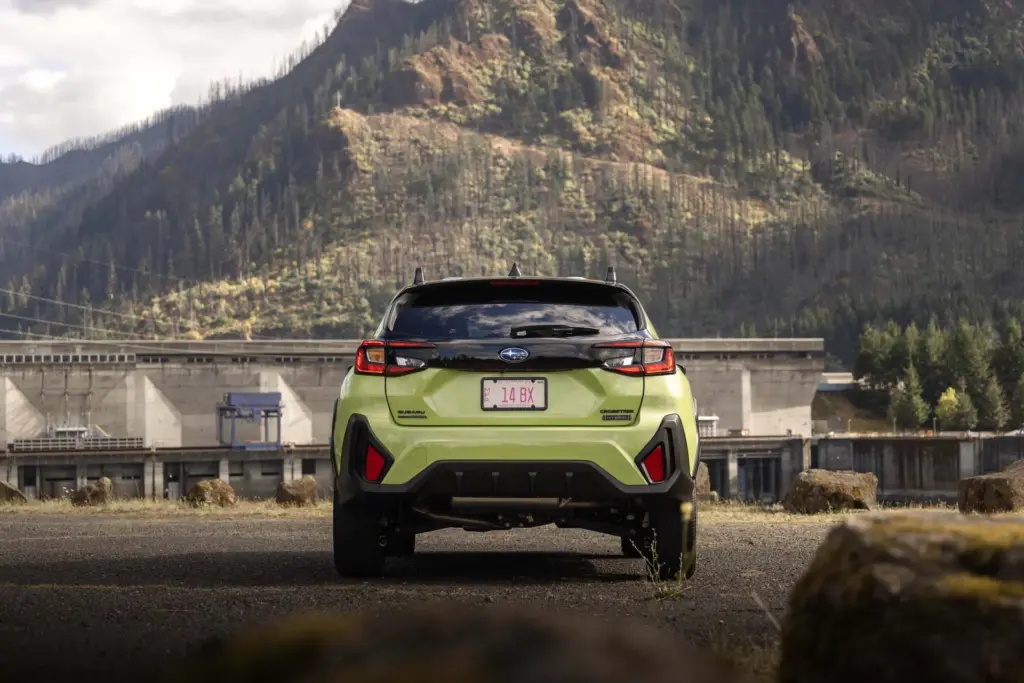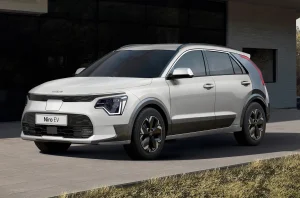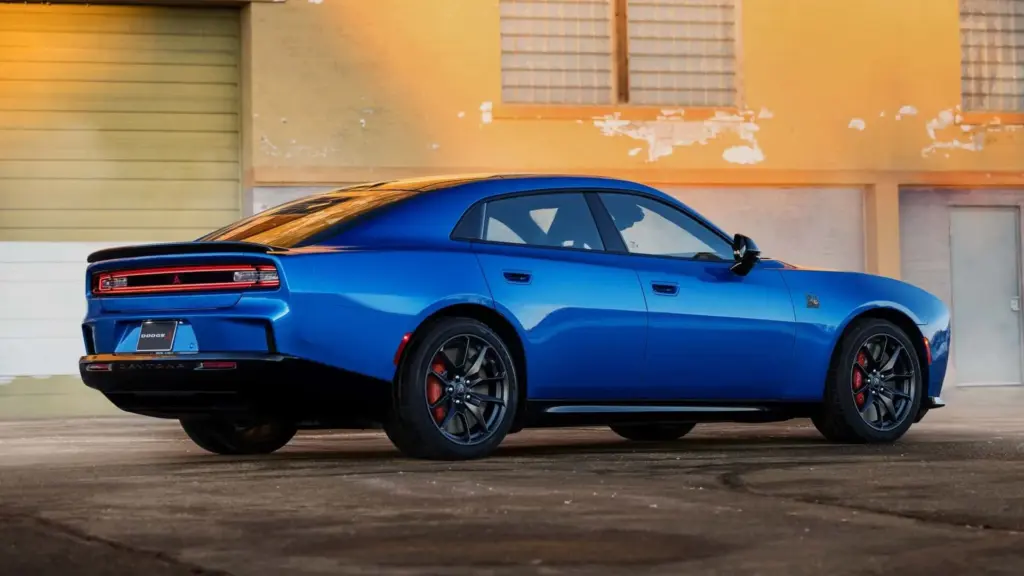Get ready for Toyota’s electric revolution! The highly anticipated 2026 Toyota C-HR EV, also known as the C-HR+, is arriving to redefine the compact SUV segment with its bold design and fully electric powertrain. This launch marks an important step in the brand’s electrification strategy, following in the footsteps of other promising models like the 2026 Toyota bZ, and promises to shake up the global market.
When Does the 2026 C-HR EV Arrive on the Market?
The wait for the 2026 Toyota C-HR EV is almost over in some markets. It was unveiled in March 2025, with an initial launch planned for select European markets at the end of 2025, and full availability expected in 2026.
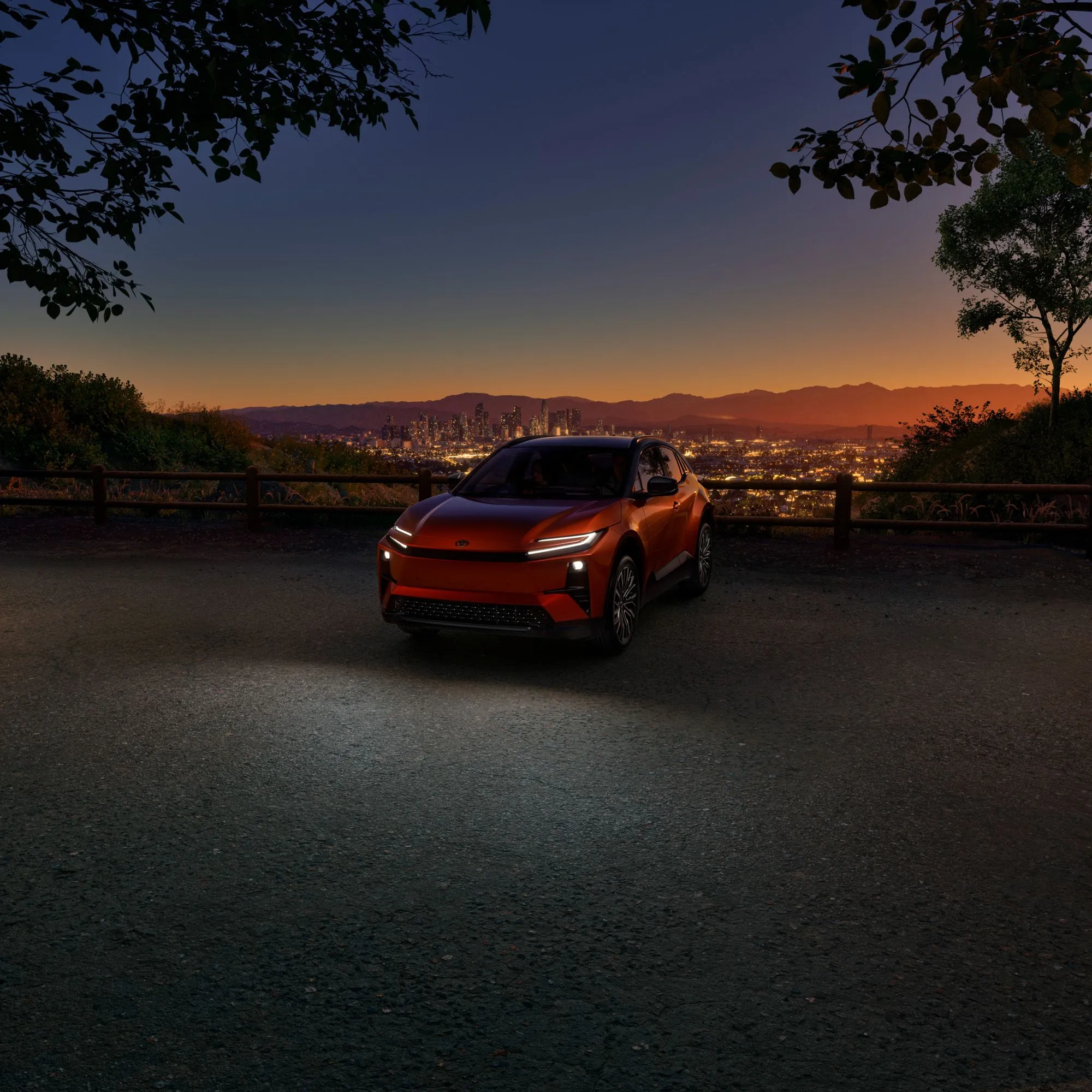
In the United States, Toyota has confirmed the model’s launch for 2026. However, for other important markets worldwide, including Brazil, China, Japan, and others, there is still no official confirmation. Toyota’s global strategy could, however, open the door to future expansions, especially where demand for electric vehicles is on the rise.
What Are the Versions and Performance of the New C-HR+?
The 2026 Toyota C-HR EV comes with battery and drivetrain options to meet different needs. There will be versions equipped with 57.7 kWh (gross capacity) and 77 kWh batteries.
The entry-level version, with a 57.7 kWh battery, will be available only with front-wheel drive (FWD) and delivers 167 DIN hp (123 kW). This setup is ideal for daily use and urban commuting, focusing on efficiency and a potentially more affordable cost. For those seeking more performance or greater range, the 77 kWh options are the right choice.
With the 77 kWh battery, there is a front-wheel drive (FWD) option producing 224 DIN hp (165 kW), or an all-wheel drive (AWD) version. The latter is the most powerful in the lineup, delivering an impressive 343 DIN hp (252 kW) and promising a 0-62 mph time of about 5.2 seconds (preliminary pre-approval data). That’s power that leaves some sports cars in the rearview mirror, showing that EVs are ready to compete on performance, just like the mighty Audi e-tron GT quattro.
Main Configurations:
- FWD 57.7 kWh: 167 DIN hp, ideal for city driving.
- FWD 77 kWh: 224 DIN hp, greater range.
- AWD 77 kWh: 343 DIN hp, 0-62 mph in 5.2s, maximum performance.
What’s New in Technology?
Toyota didn’t hold back on technology for the new C-HR EV. One highlight is the battery pre-conditioning system, which can be activated manually or automatically. This feature optimizes battery temperature for fast charging and performance, ensuring you get the most out of your vehicle, whether you’re recharging or hitting the accelerator.
Another important technology is the heat pump. Integrated into the climate control and heating system (seats, steering wheel, windshield), it is significantly more energy-efficient than traditional resistive systems, helping preserve the vehicle’s range—a crucial factor for electric models like the Hyundai Elexio, which aims to maximize every mile.
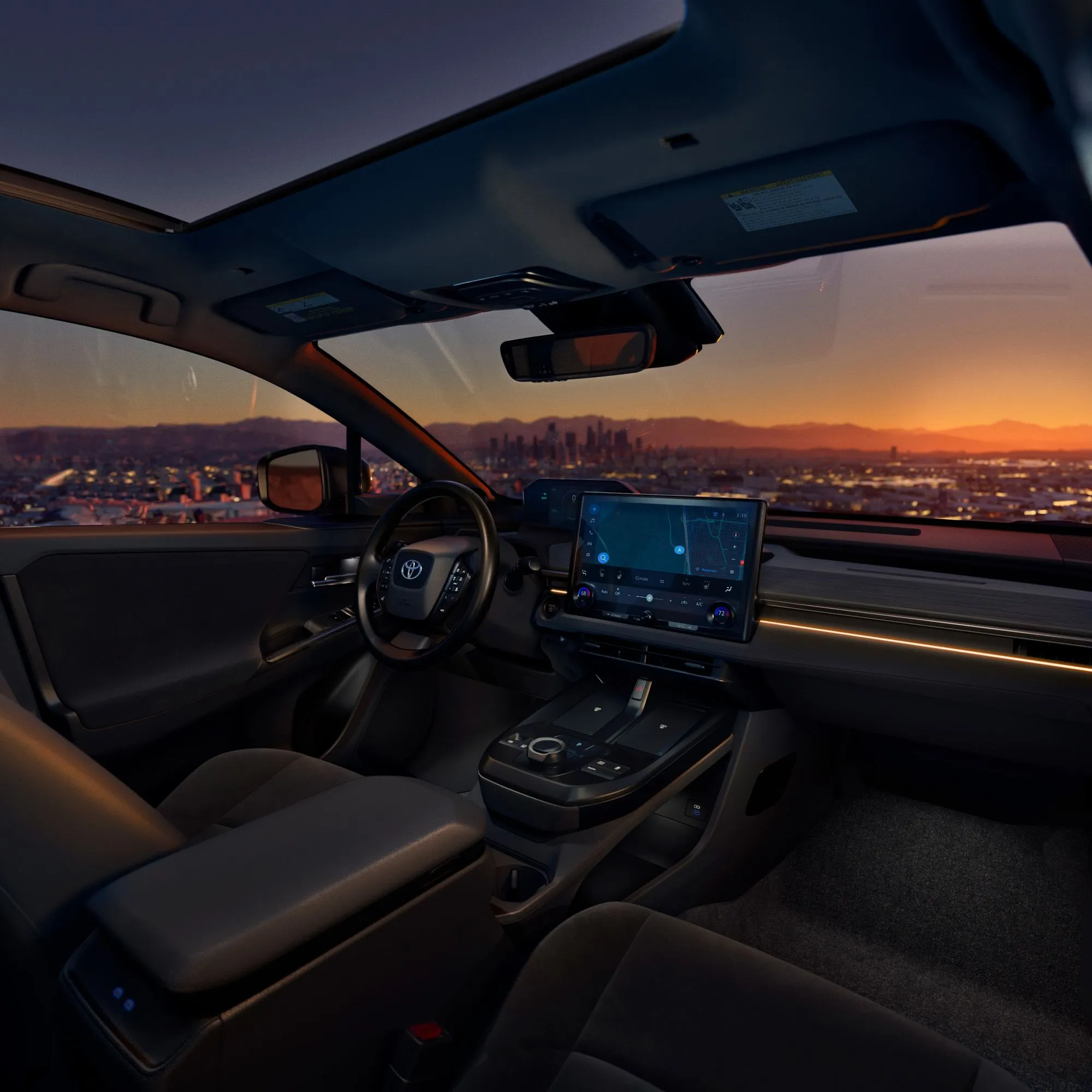
The C-HR EV supports DC fast charging up to 150 kW, a competitive standard in today’s market, allowing you to recover a good portion of charge in a short time. The onboard charger is 11 kW standard, with a 22 kW option available on higher trims, speeding up AC station recharging.
In terms of safety, the model comes equipped with the Toyota Safety Sense package, which includes driver assist features such as pre-collision system, lane departure alert, and adaptive cruise control, enhancing safety and peace of mind while driving.
How Does It Compare to Competitors?
In the fiercely competitive compact electric SUV segment, the 2026 Toyota C-HR EV aims to compete directly with established models like the Hyundai Kona Electric and the Kia Niro EV. Toyota seems to be banking on a combination of bold design, technology, and a potentially aggressive price.
Range is a strong point, especially in Europe, with up to 373 miles on the WLTP cycle for the 77 kWh version. In the U.S., the EPA estimate of 290 miles is competitive, though slightly below the Kona Electric’s 304 miles. However, the AWD version of the C-HR+ with 343 DIN hp significantly surpasses the power of direct rivals (both around 201 hp).
One of the biggest draws may be price. While not officially confirmed, estimates hover around $30,000 in the U.S., which would position it below the Kona Electric (about $34,000) and the Kia Niro EV (about $39,550). If confirmed, this pricing strategy would make the C-HR EV an extremely attractive option in the market, competing not only in specs but also in value, standing out in the EV landscape much like the BYD Sealion 7 has with safety.
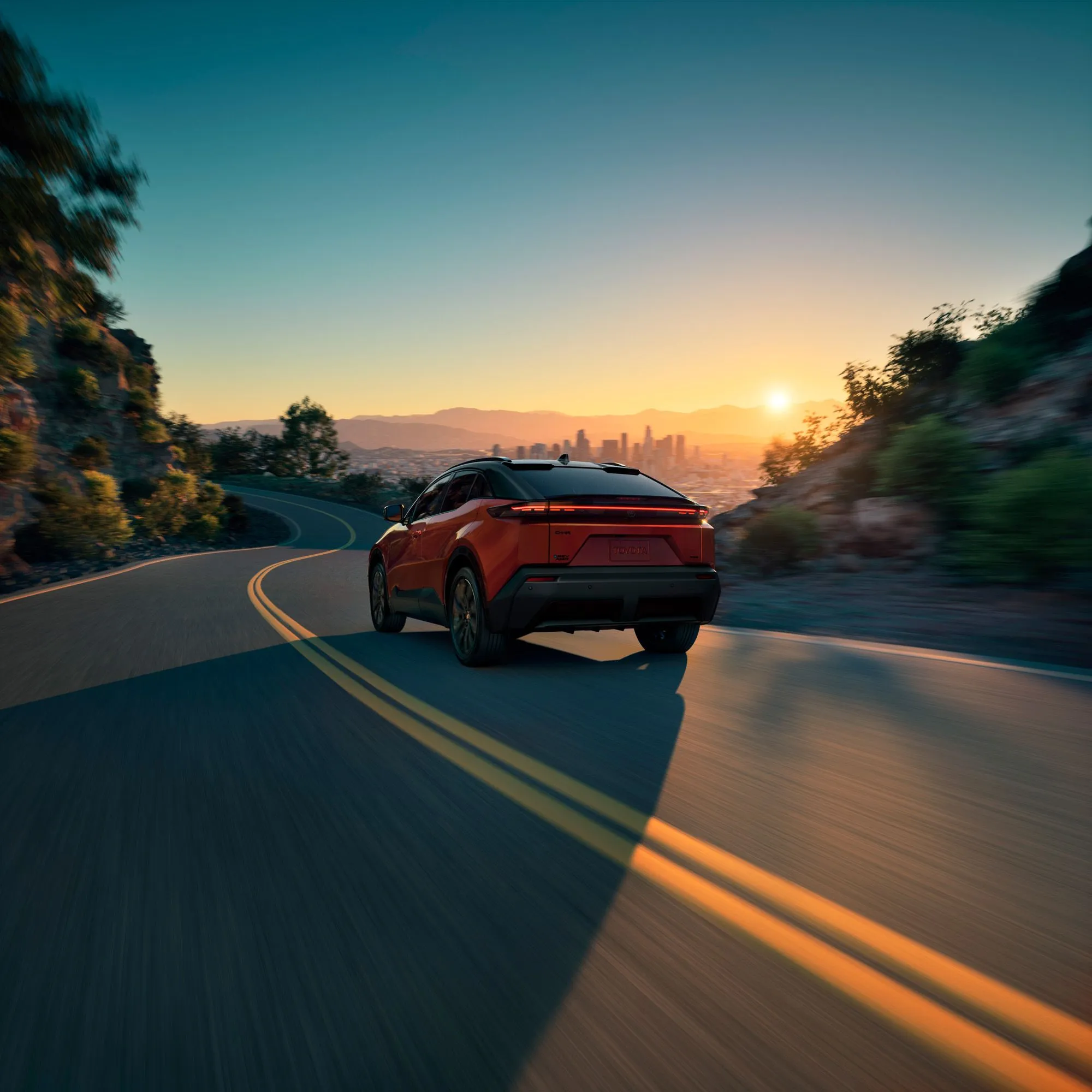
C-HR EV vs. Direct Competitors:
- Design: C-HR+ with sportier coupe-like profile vs. conventional SUVs.
- Power: C-HR+ AWD (343 hp) significantly more powerful than Kona/Niro (201 hp).
- Range (U.S., EPA): C-HR+ (290 mi) vs. Kona (304 mi) vs. Niro (253 mi).
- Price (Estimated U.S.): C-HR+ ($30,000) vs. Kona ($34,000) vs. Niro ($39,550).
Pros and Cons: Is It Worth the Wait?
Pros:
- 100% electric powertrain, zero emissions.
- Modern, sporty coupe-SUV style design.
- Good range, especially with the 77 kWh version.
- DC fast charging up to 150 kW.
- All-wheel drive (AWD) option with high power.
- Potentially competitive price (if the $30,000 estimate is confirmed).
- Toyota’s reputation for reliability and durability.
- Innovative technologies like battery pre-conditioning and heat pump.
Cons:
- Limited information on interior space and finish.
- Confirmed availability initially only for Europe and the U.S.
- Official price not yet disclosed, could vary from estimates.
- Strong competition from already-established market models.
Frequently Asked Questions About the C-HR EV
Will the 2026 Toyota C-HR EV be available in Brazil?
- Will the 2026 Toyota C-HR EV be available in Brazil?
So far, Toyota has confirmed launch only in Europe (2025/2026) and the U.S. (2026). There is no official confirmation for Brazil or other markets, but global expansion is possible. - What is the maximum range of the C-HR EV?
The estimated maximum range is up to 373 miles on the WLTP cycle (Europe) and 290 miles on the EPA cycle (U.S.), depending on the battery version (77 kWh). - What is the difference between the battery versions?
The 57.7 kWh version is only FWD and has lower power (167 hp), focused on urban use. The 77 kWh version offers more power (224 hp FWD, 343 hp AWD) and greater range. - Does the C-HR EV have all-wheel drive?
Yes, the 77 kWh battery version offers the option of all-wheel drive (AWD), in addition to front-wheel drive (FWD). - What is the fast charging speed of the C-HR EV?
The model supports DC fast charging up to 150 kW and has an onboard AC charger of 11 kW (standard) or 22 kW (optional).
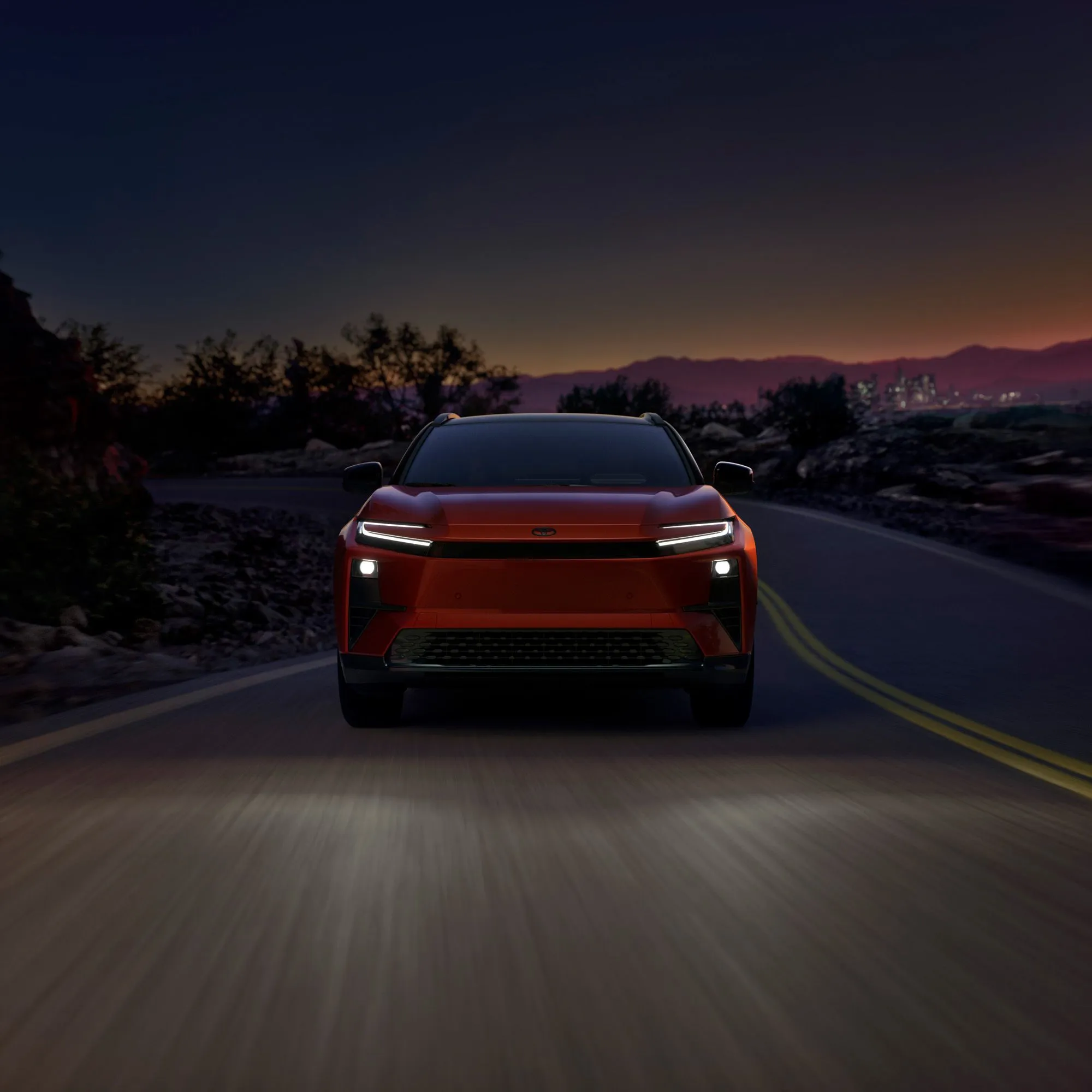
My Opinion on the 2026 Toyota C-HR EV
Looking at the 2026 Toyota C-HR EV, I see a car with huge potential. The design is undoubtedly one of its strong points, maintaining the boldness of the original model but now in an electric package. Offering different battery sizes and the all-wheel drive option in the most powerful version shows Toyota is listening to the EV market’s needs. The promise of a lower starting price in the U.S. compared to direct competitors like the Kona and Niro is a factor that could tip the scales in its favor. Additionally, Toyota’s reputation for reliability is an undeniable asset. However, uncertainty about availability in other markets and the final details on interior finish and real pricing still leave some questions in the air. Overall, though, this is a launch to watch closely.
Electric models are increasingly present and desired, and Toyota with the C-HR EV and other launches like the 2026 BMW iX show that the future of mobility is quickly taking shape.
And you, what do you think about the new 2026 Toyota C-HR EV? Leave your comment below and share your opinion!

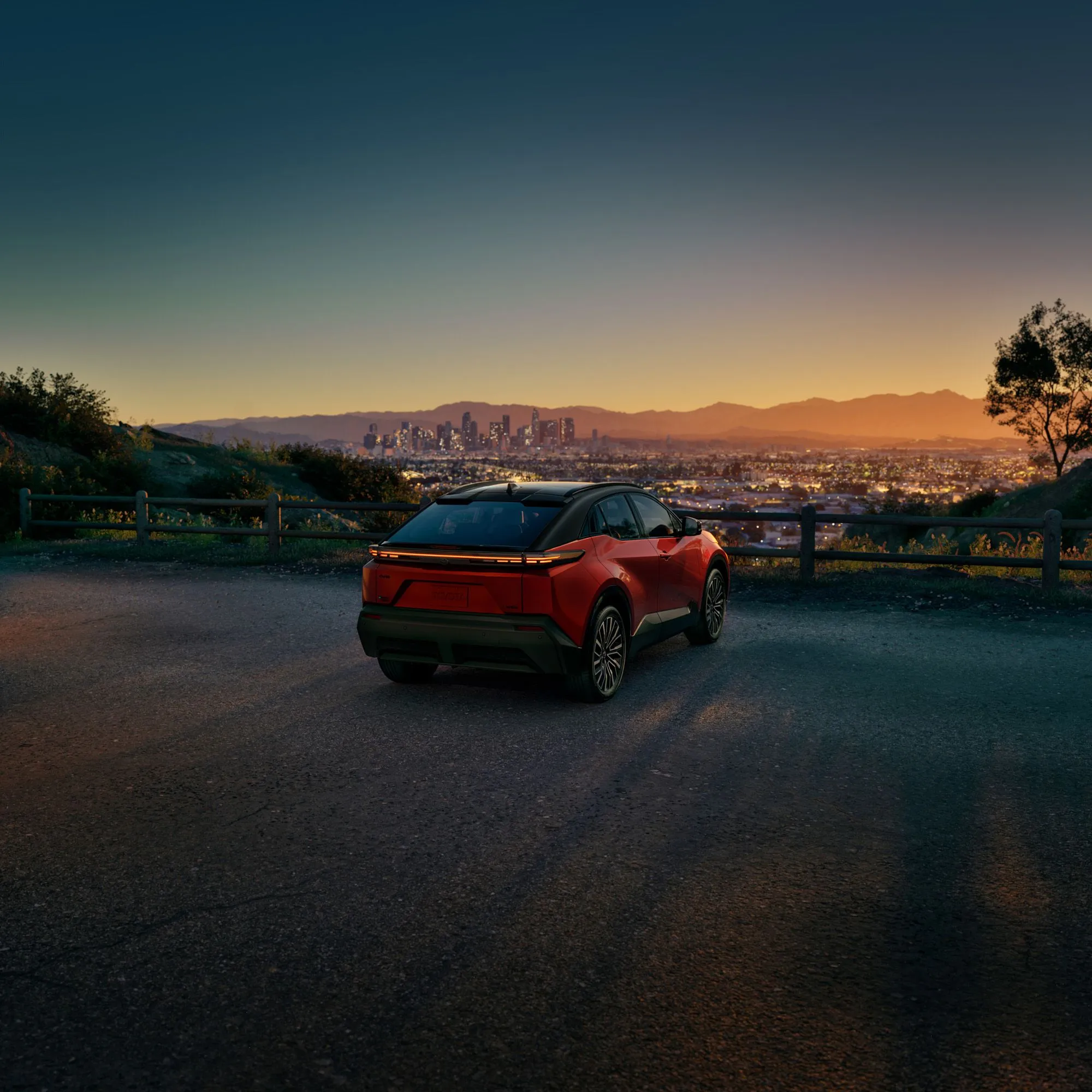
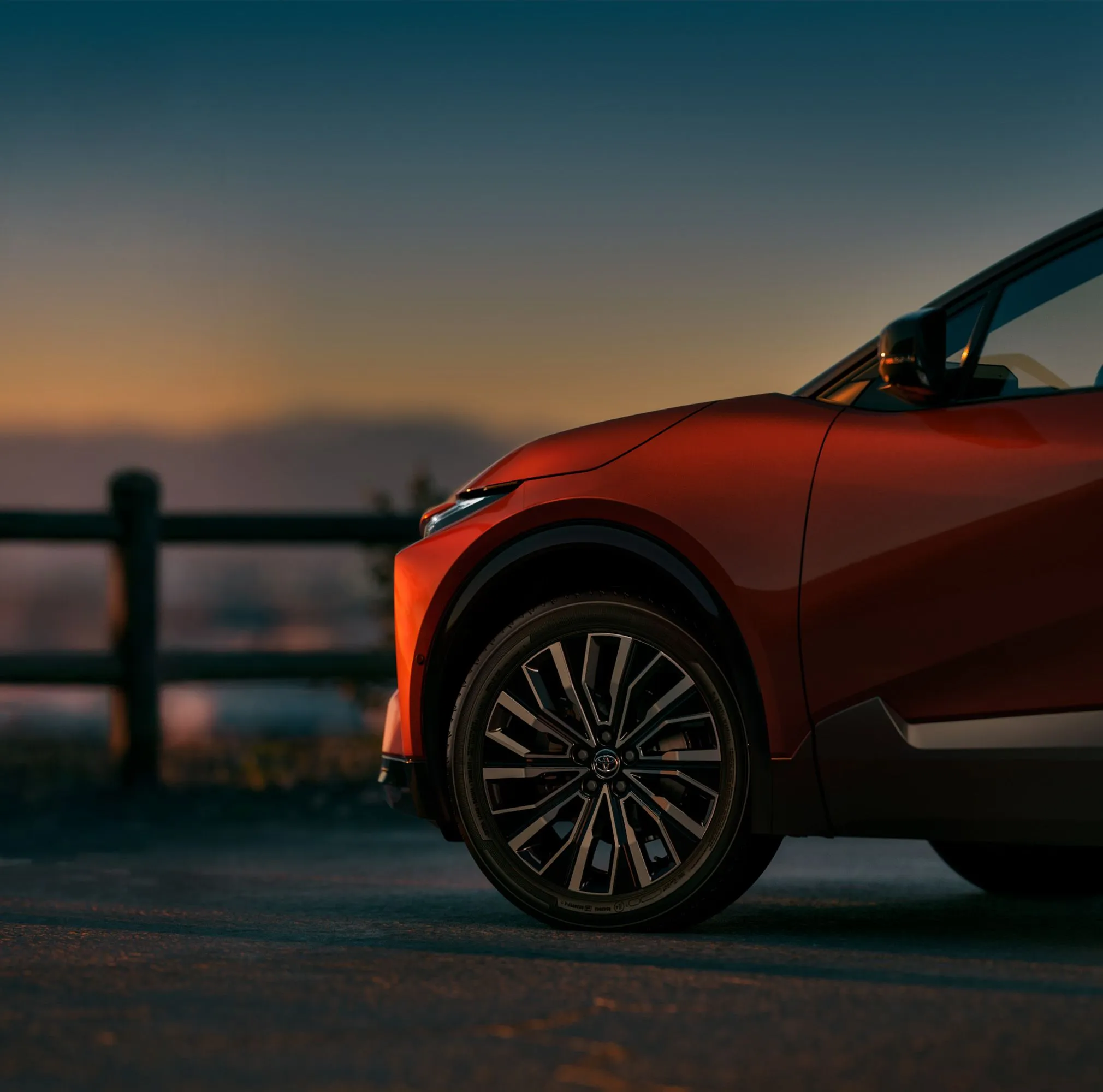

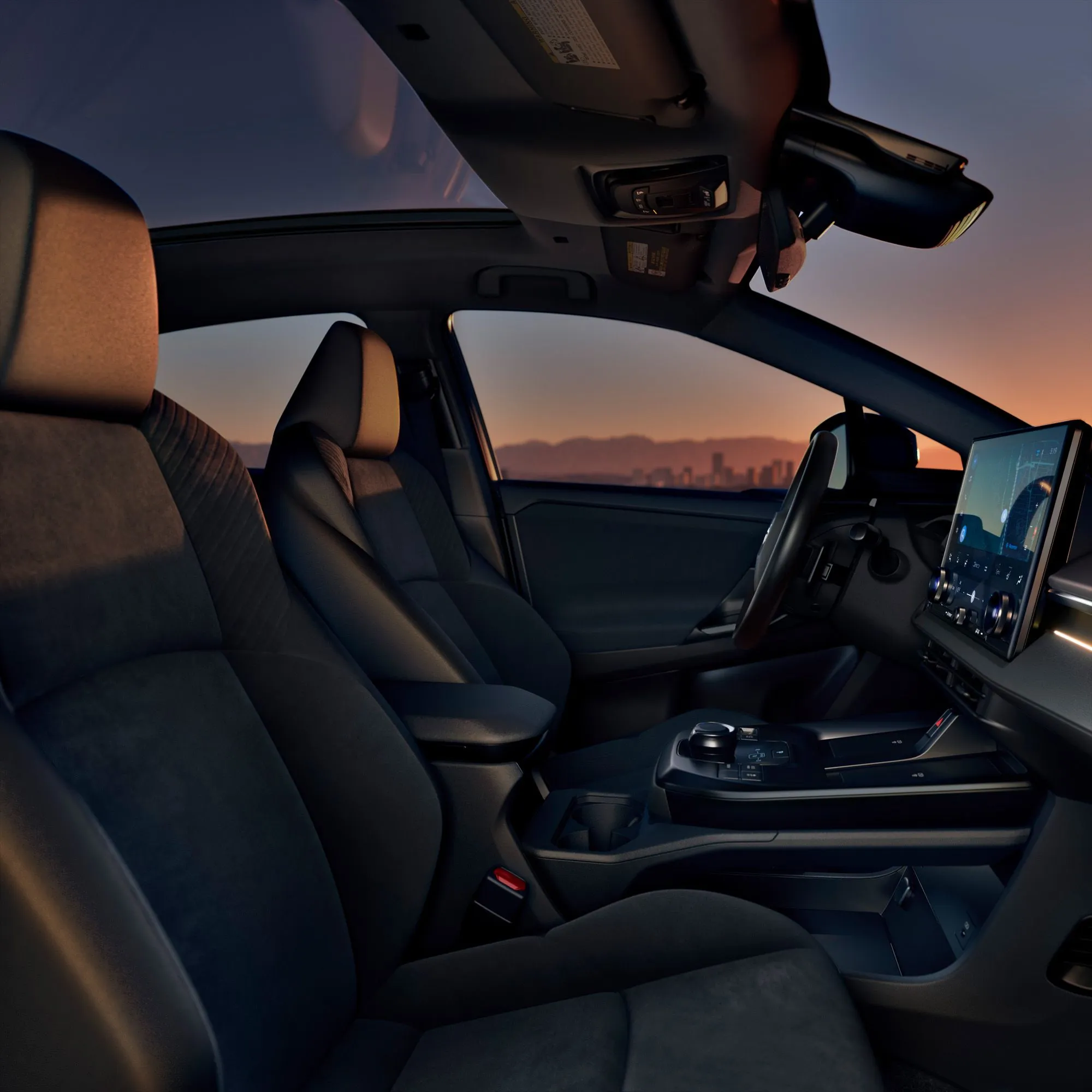



Author: Fabio Isidoro
Founder and editor-in-chief of Canal Carro, he dedicates himself to exploring the automotive universe with depth and passion. A car and technology enthusiast, he produces technical content and in-depth analyses of national and international vehicles, combining quality information with a critical eye for the public.

